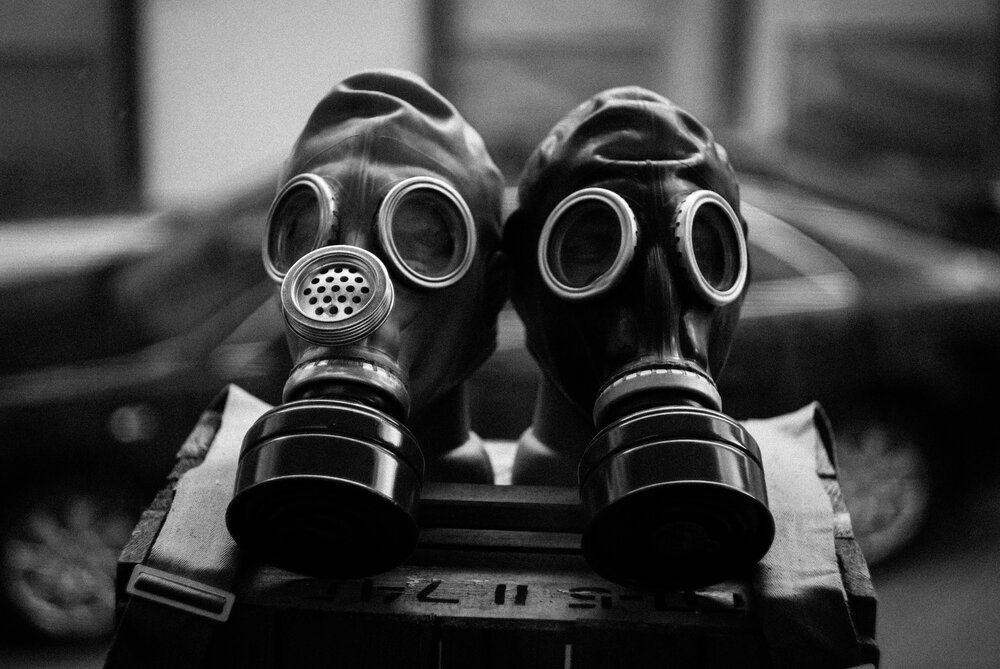Experts In Action Series: The Characteristics Of Toxic Leaders, A Former Army Officer’s Insight - Part 1
Tim Rawlinson, Performance and Leadership Consultant at Lightbulb, is also a former decorated Army Officer having spent 20 years leading in The Infantry in combat and setting up field hospitals in Afghanistan with the Royal Army Medical Corps. From our Expert in Action Series, he shares with us his experiences of toxic leadership, why the Army is no exception to it, the characteristics of toxic leaders, the structural and organisational flaws that support it and how the pandemic is shining a spotlight on it. Part One focuses on the characterises of toxic leaders.
Toxic leadership exists even in what might be perceived as the most disciplined and organised institutions on land. i.e. the military. Having spent 20 years as an officer in the British Army, I can attest to cases of toxic leadership.
The military is an institution known for great leadership. Officers spend a year at the Royal Military Sandhurst and are continually developed throughout their careers to make them the best leaders. The leadership credentials of soldiers are also second to none. However, if that is the case, we must then ask, why does the chapter on Toxic Leadership exist in the British Army Leadership doctrine? However, before we delve deeper into this:
what is a toxic leader?
This is a quote that I feel gets it in one!
“A leader who allows their subordinates to suffer as proof of who is the boss
likely quenches their thirst with salt water from a rusted canteen.”
― Donavan Nelson Butler, Master Sergeant US Army
The 21st century is one that has already had its fair share of tainted leadership encompassing examples that have rocked the spiritual, political and corporate fields and that was prior to the pandemic.
characteristics of a toxic leader
The Army Leadership Doctrine details six critical characteristics exhibited by toxic leaders. These include:
Autocratic
A toxic leader will use their command authority to the maximum without taking into consideration the opinions and ideas of his or her subordinates. This leader will micromanage, maintain airtight control, and will not leave any chance for feedback.
Narcissistic
A toxic leader will always hold an exaggerated feeling about his/her self-importance. He or she will express zero empathy to anyone else and is very needy when it comes to admiration. A toxic leader never stops and is always on the lookout for more power to exploit for his or her personal benefit.
Manipulative
A toxic leader is always in pursuit of control or an advantage over people.
Discriminatory
Toxic leaders are bound to discriminate against people rather than take time to value diversity. Such leaders will often have like-minded people in their circle and will reward those who revere him or her as it allows the leader to widen his or her power base and push his or her agenda further.
Overly competitive
Competition is important in the modern-day world. The healthy competition supports team building; however, being overly competitive means that one must win regardless of the means. This may drive the leader to engage in unethical and dishonest practices to gain success.
Intimidating
Rather than the leader working to ensure others achieve their aim by offering required support, they will intimidate and bully subordinates to get the work done. This will make the subordinates or the team refrain from working with the leader since he or she is bad-tempered and remains dismissive. This impedes innovation since people fear disapproval or being ignored when contributing to ideas.
Such toxicity impedes performance, making the completion of any task an uphill battle. No matter the organisation, toxic leadership is treacherous to both the individuals bearing the burden and to the health and sustainability of the organisation. While it might not bother or distract you at first, the aftermath will most likely grab your attention.












